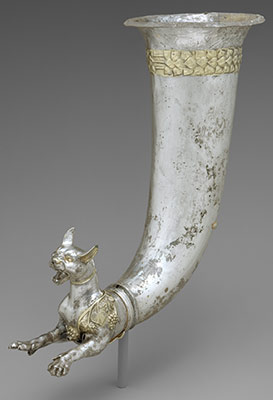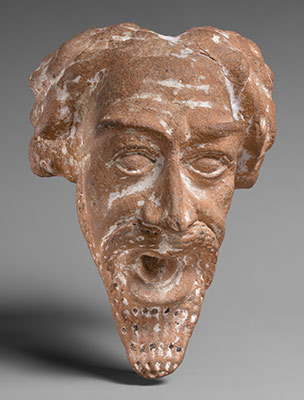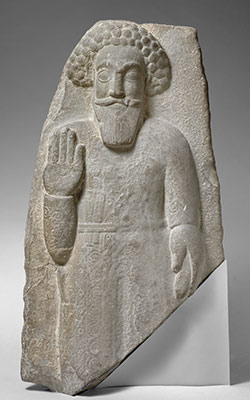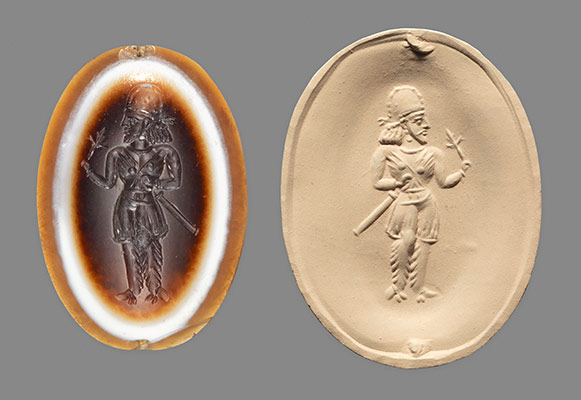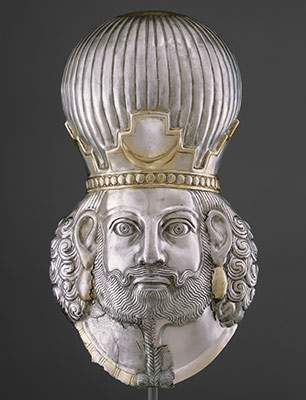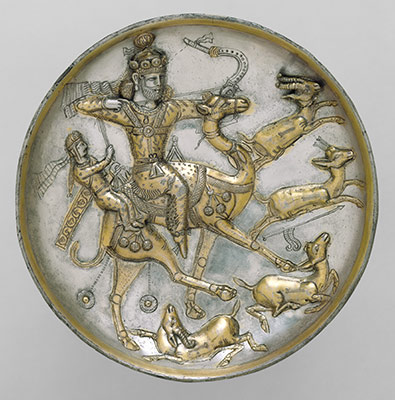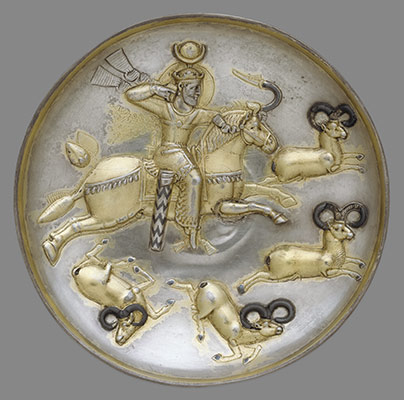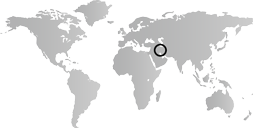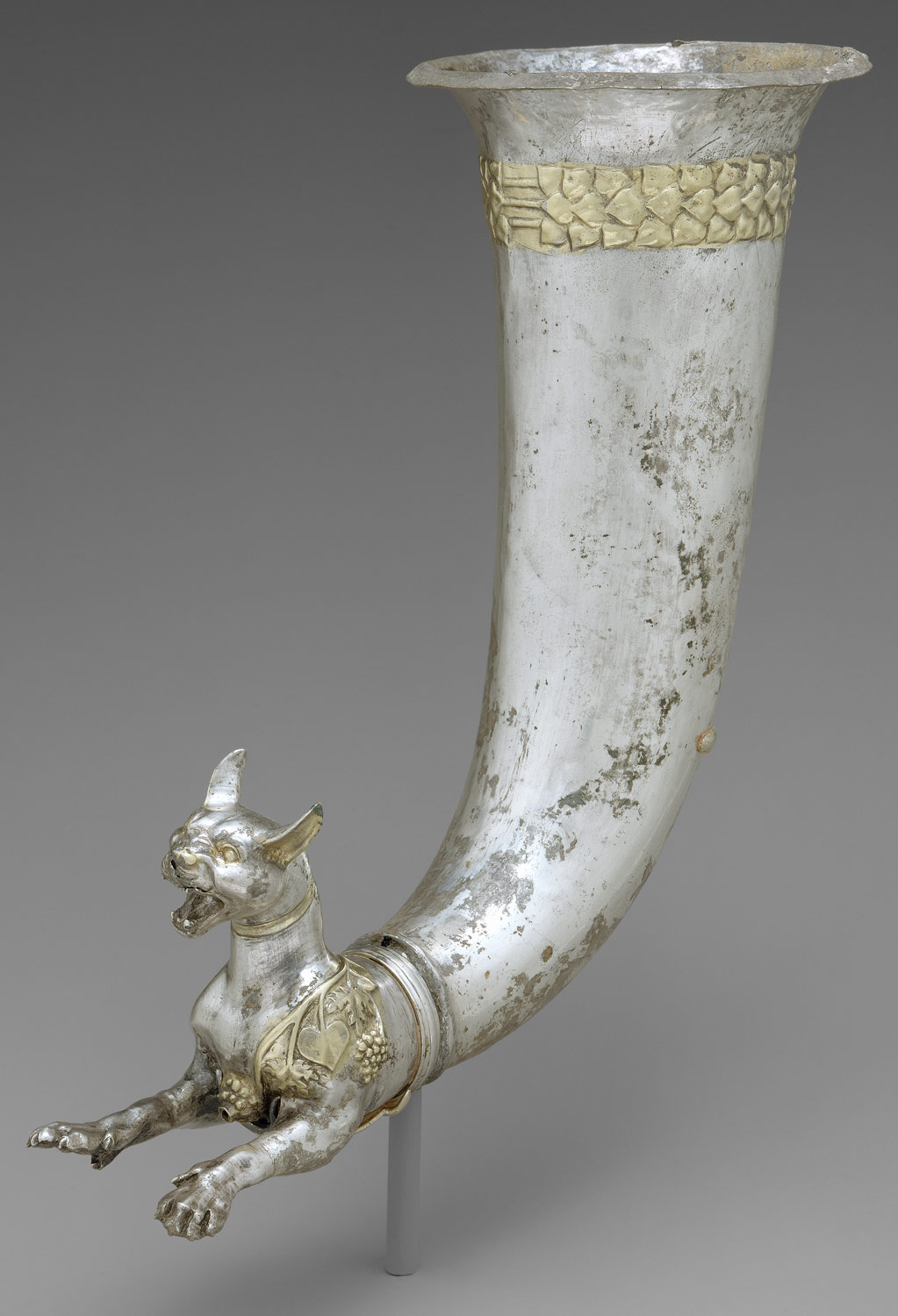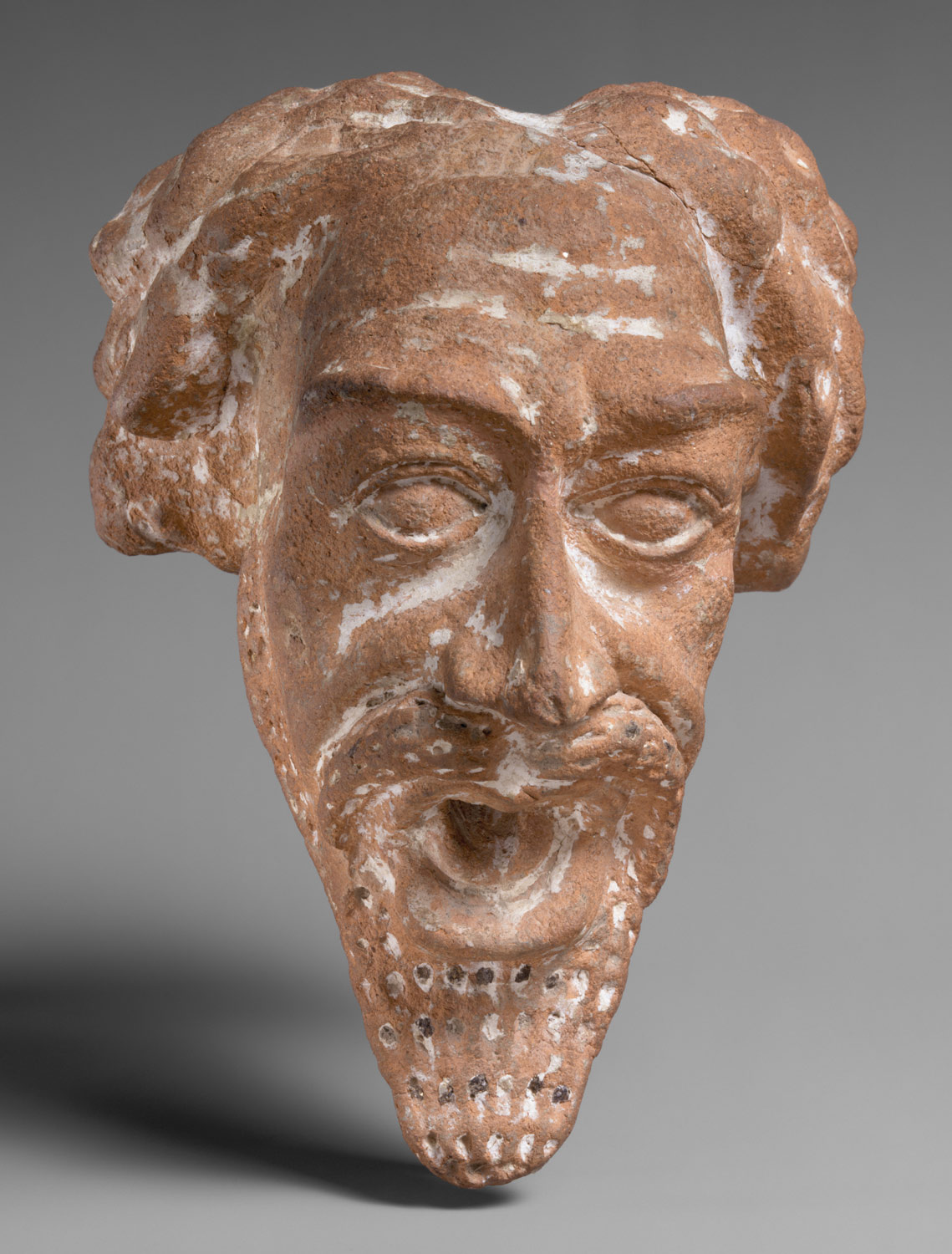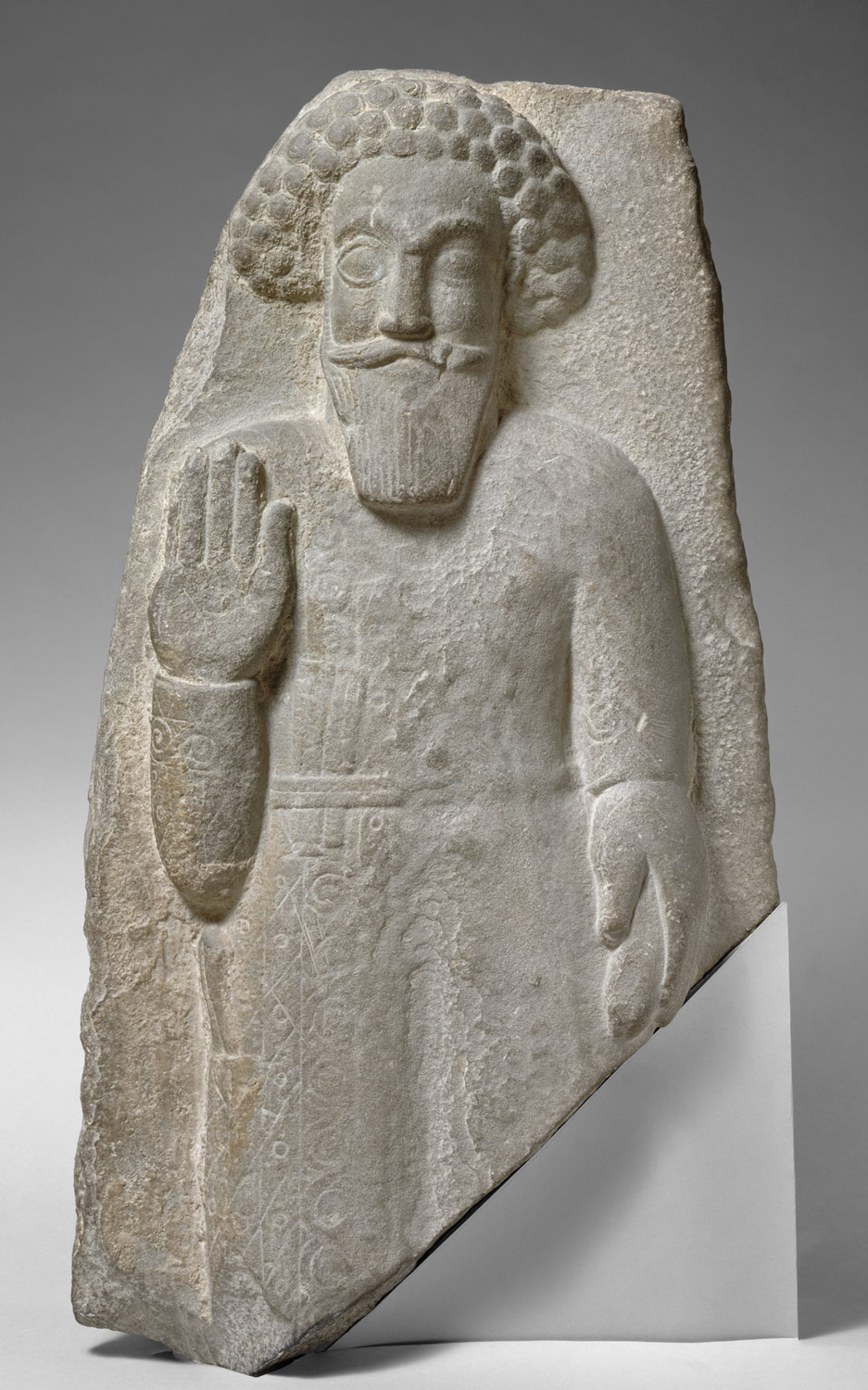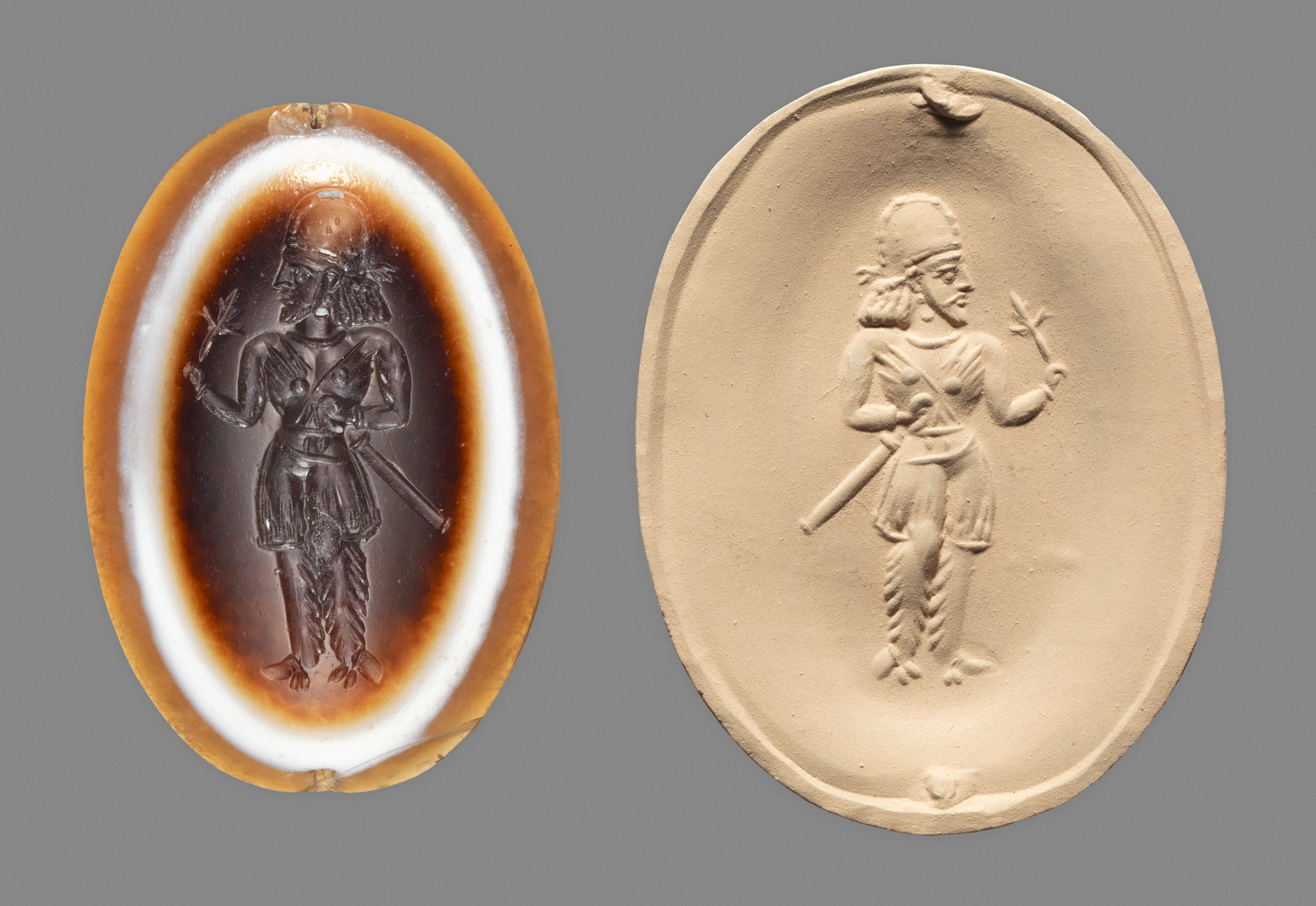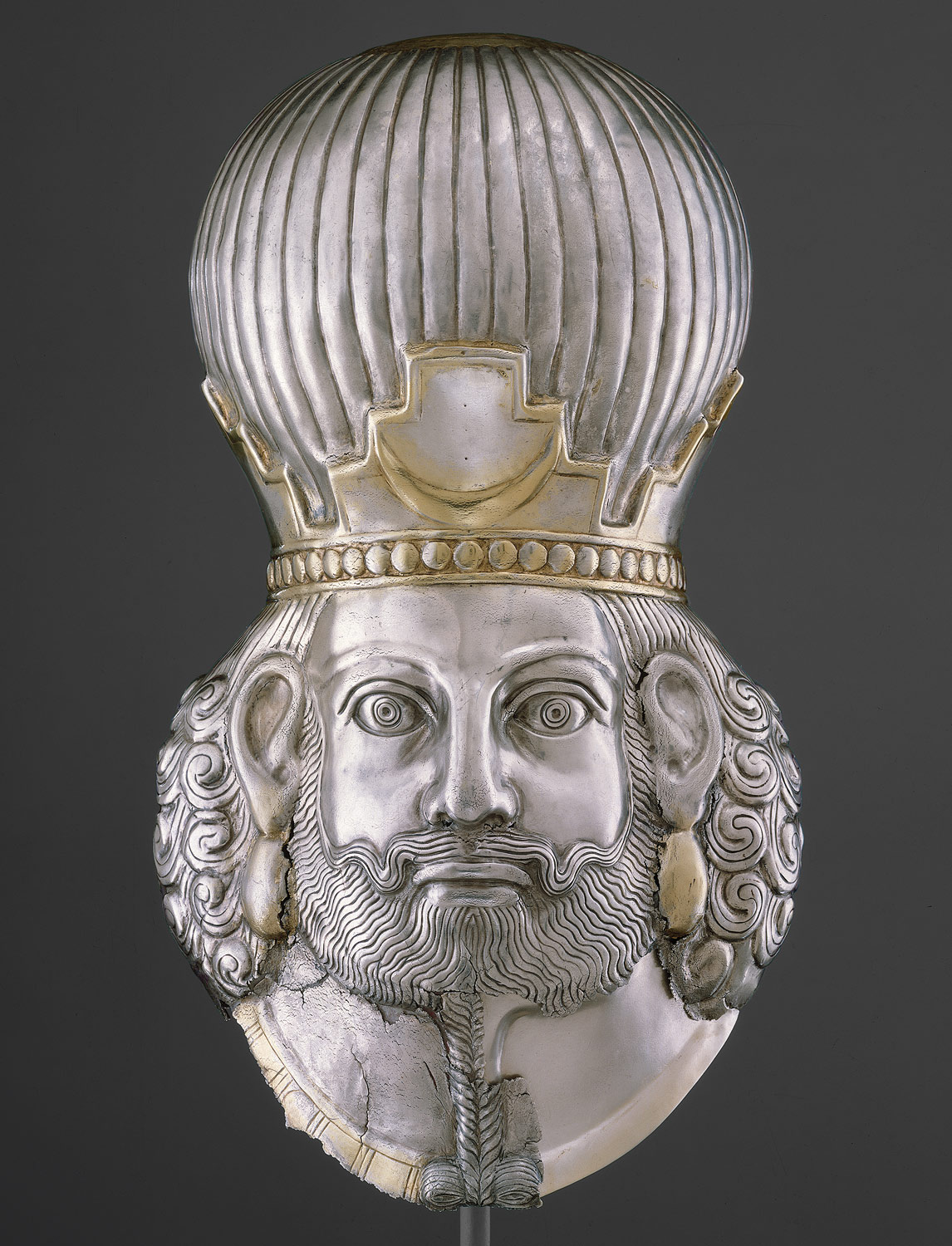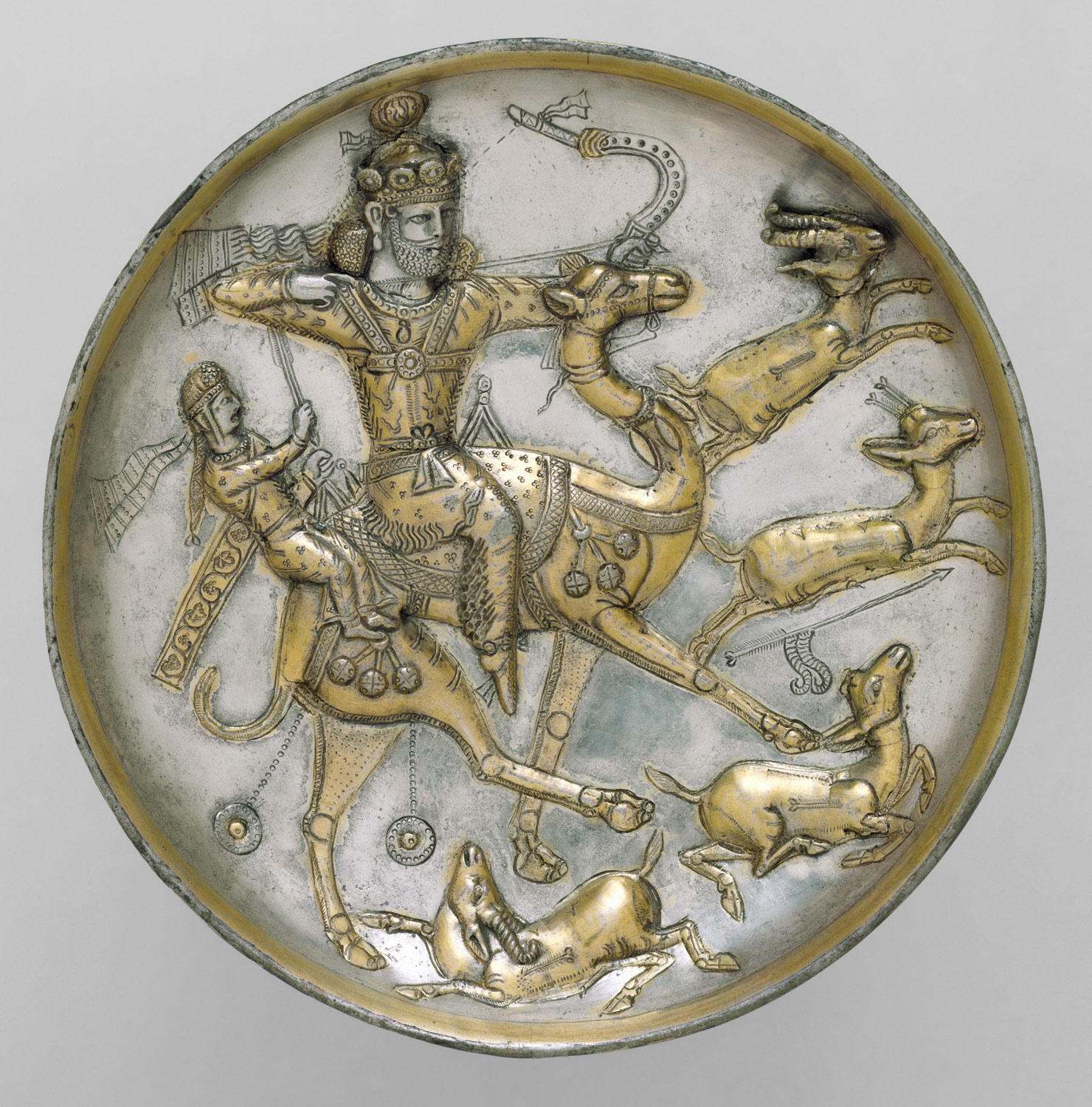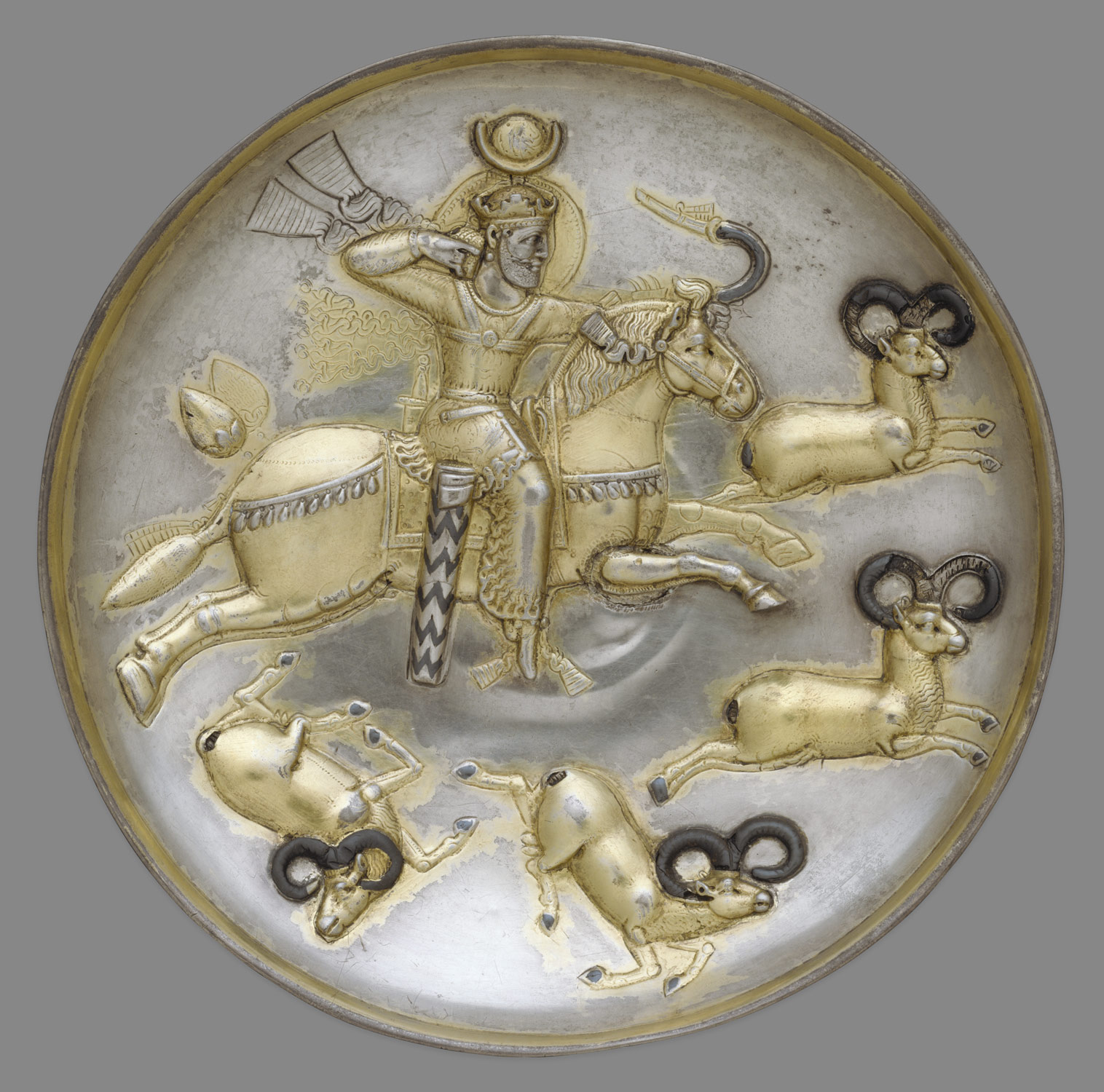From 247 B.C. until the coming of Islam in 642 A.D., Iran is dominated first by the Parthian and then Sasanian empires. Their strength and wealth is based on their control of the trade routes through the region, which connect the cultures of East and West. This often brings the rulers of Iran into conflict with the expansionist aims of Rome and, later, Byzantium.
Iran, 1–500 A.D.
Timeline
1 A.D.
125 A.D.
125 A.D.
250 A.D.
250 A.D.
375 A.D.
375 A.D.
500 A.D.
Overview
Key Events
-
ca. 1–224 A.D.
The Parthians develop the iwan, an open-fronted vaulted hall. Iwans are often covered with carved stucco reliefs, some of the finest examples of which are built at Uruk and Ashur. The palace at Ashur has the earliest example of four iwans opening onto a central square. This form of architecture supplants Hellenistic styles in Iraq and Iran, and will play an important role in the religious architecture of the later Islamic period. A new fashion, frontality, arises in relief sculpture where the head and body are shown frontally.
-
224–626 A.D.
From southwestern Iran, Ardashir I (r. 224–41 A.D.) founds the Sasanian dynasty and ends Parthian rule. Coins, rock reliefs, and stucco relief decoration exemplify Sasanian imperial art. This style emphasizes the power of the ruler by depicting him on monumental rock reliefs and on objects made of precious materials such as silver. Despite constant aggression between the Sasanians and Byzantium, there are parallels in the arts, especially motifs on textiles that reflect mutual influences. The use of frontality, introduced in the Parthian period, continues in Sasanian art, and becomes a hallmark of the Romano-Byzantine West.
-
241–272 A.D.
Shapur I expands the Sasanian empire to its greatest size (from the Euphrates River to the Oxus and Indus, and north into Armenia and Georgia). Continued conflicts with Rome and Byzantium for control of east-west trade routes and the taking of prisoners results in Roman influence in the arts and architecture. Domed square rooms are built with the aid of squinches (arched lintels) in the upper corners, a Sasanian innovation that influences Western medieval architecture. Shapur commemorates his victories against Rome in a series of reliefs, carved beneath the earlier Achaemenid Persian royal tombs, which show him triumphant over the emperors Gordian III, Philip the Arab, and Valerian.
Citation
“Iran, 1–500 A.D.” In Heilbrunn Timeline of Art History. New York: The Metropolitan Museum of Art, 2000–. http://www.metmuseum.org/toah/ht/?period=05®ion=wai (October 2000)
